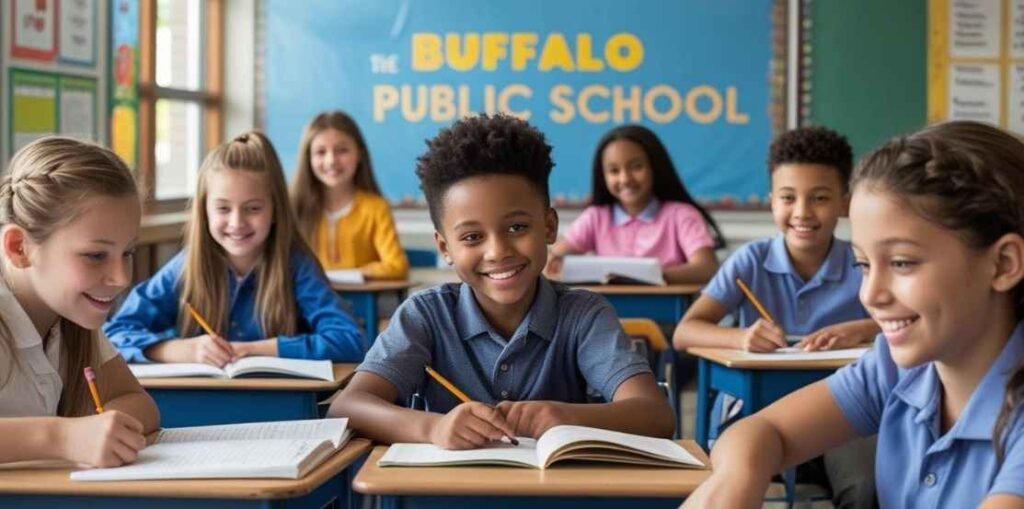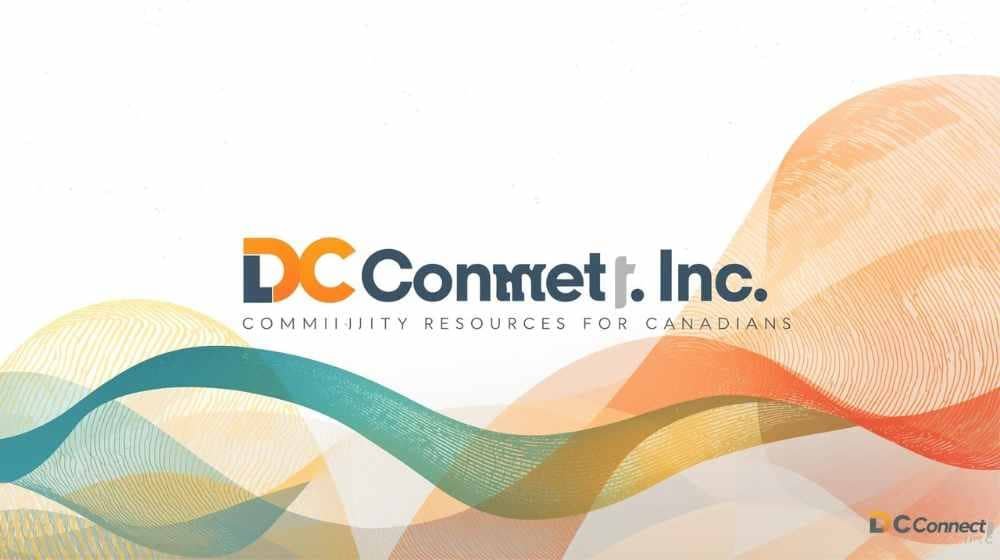Introduction
The Buffalo School System plays a vital role in shaping the lives of thousands of children in Buffalo, New York. Beyond classrooms and textbooks, it represents a living ecosystem where teachers, administrators, and students interact to foster growth, creativity, and opportunity. Imagine the system as a tree: the roots are teachers, the trunk is the administration, and the branches are the students, each reaching toward their future.
Keeping track of Buffalo School System news is essential for understanding how decisions, reforms, and community initiatives affect both education quality and the city’s overall development. Each update in the system reflects broader societal trends and the ongoing effort to balance innovation with fairness.
The school system is more than just infrastructure; it is a hub where education meets community, and where each policy decision influences generations of students. From early literacy programs to advanced vocational training, Buffalo schools aim to equip students with skills for college, careers, and responsible citizenship.
What is the Buffalo School System?
The Buffalo Public Schools (BPS) is the central public education system in Buffalo, New York, serving over 32,000 students across more than 60 schools. It spans pre-kindergarten through 12th grade and offers diverse educational opportunities, including specialized programs, bilingual education, STEM initiatives, and arts-focused curricula.
BPS operates under a two-tier leadership system. The Board of Education, composed of elected members, creates policies, approves budgets, and ensures the district aligns with community needs. Like any significant public institution, Buffalo schools have been accused of mismanagement of their budgets, policy inaccuracies, and procedural shortcomings. This dual structure ensures accountability while providing professional management of the schools.
Defining Buffalo Public Schools (BPS)
Buffalo Public Schools are not just academic institutions; they are pillars of community support. The district emphasizes equity, ensuring students from various socioeconomic backgrounds have access to quality education. This includes programs for English learners, special education services, and initiatives to close achievement gaps.
BPS also fosters student-centered learning, emphasizing critical thinking, problem-solving, creativity, and social-emotional growth. Schools offer extracurricular programs, including sports, music, art, debate, and STEM clubs, allowing students to explore talents beyond traditional academics.
Key Facts About Students, Teachers, and Schools
Buffalo schools house a diverse student population, representing dozens of cultural and linguistic backgrounds. This diversity drives the district to adopt inclusive teaching methods and offer programs like bilingual education and English as a New Language (ENL).
- Students: Approximately 32,000
- Teachers and Staff: Over 4,000
- School Types: Elementary, middle, high, magnet, and specialized institutions
- Specialized programs include leadership development, STEM, the arts, vocational training, and bilingual education.
Support services extend beyond academics. Schools provide breakfast and lunch programs, counseling, after-school activities, and community engagement initiatives. This holistic approach ensures that each child has access to a safe, nurturing environment that fosters personal growth.
History of the Buffalo School System

The Buffalo School System was founded in the 19th century, when industry was expanding quickly. Immigrant families, factory workers, and community leaders demanded public schools that could teach literacy, numeracy, and civic responsibility. Initially, education focused on basic skills, but over time, the philosophy expanded to prepare students for both higher education and the workforce.
In the 20th century, Buffalo schools grew in response to urban population changes, civil rights movements, and evolving educational theories. Integration, bilingual programs, and specialized curricula became central to the district’s mission. Over the decades, reforms addressed inequalities, expanded access to resources, and incorporated technology to modernize learning.
Today, the history of BPS serves as a reminder that schools are not static institutions. They evolve in response to societal needs, economic pressures, and cultural shifts. Past challenges, from funding shortages to social inequality, have shaped a system that values innovation, equity, and community engagement.
What is Buffalo School System News?
Buffalo School System news covers the latest developments, reforms, successes, and challenges in the district. It includes updates on curriculum changes, leadership shifts, student achievements, budget allocations, and community initiatives.
For parents, staying informed allows active participation in their child’s education. For teachers, it highlights innovations and best practices. For the community, it reflects how schools impact neighborhoods, economic opportunities, and social growth. News stories about Buffalo schools often showcase both achievements and areas needing improvement, providing a transparent view of the district’s efforts.
Media coverage also emphasizes how schools adapt to new technologies, policy mandates, and societal challenges. Examples include the introduction of online learning tools, STEM labs, mental health initiatives, and partnerships with local businesses and universities.
Transparency and Accountability in the Buffalo School System
Buffalo School System Allegations
Like any significant public institution, Buffalo schools have been accused of mismanagement of their budgets, policy inaccuracies, and procedural shortcomings. These instances are investigated carefully, and solutions are implemented to improve governance. Handling allegations transparently helps maintain public trust and ensures that accountability is a priority at all levels.
Buffalo School System Scandals
Historical scandals often highlighted weaknesses in administration, funding, or compliance. While challenging, these incidents prompted significant reforms. The district strengthened oversight, enhanced staff training, and established more robust checks and balances. Addressing scandals constructively has helped BPS evolve into a more accountable and responsive system.
Buffalo School System Exposed
“Exposed” does not always imply negative scrutiny. In many cases, it refers to showcasing successes and achievements. BPS has been recognized for:
- Advanced STEM and arts programs in high schools
- Comprehensive bilingual and ESL education
- Integration of digital learning and personalized teaching tools
- Expansion of mental health and counseling services
These exposures highlight the district’s commitment to innovation, inclusivity, and student growth.
Buffalo School System SVU
Specialized programs in Buffalo schools resemble a supportive SVU, focusing on the safety, well-being, and development of students facing unique challenges. These programs include counseling, anti-bullying initiatives, and targeted academic support. The goal is to create a safe and nurturing environment where all students can thrive, regardless of personal or social obstacles.
Impact of the Buffalo School System on Society
Effects on Students and Families
The Buffalo School System deeply impacts both students and families. Children benefit from high-quality education, extracurricular opportunities, and social-emotional learning. Parents engage in school activities, parent-teacher associations, and policy discussions, reinforcing a strong support system.
Programs addressing nutrition, health, and safety ensure that children learn in stable environments. Schools act as community centers, where students can grow intellectually, socially, and emotionally.
Role in Workforce and Local Economy
BPS prepares students for meaningful employment through career and technical education (CTE) programs. These initiatives train students in healthcare, IT, construction, culinary arts, and other local industries. Partnerships with businesses provide internships, apprenticeships, and mentorship, creating a pipeline from school to the workforce.
By producing skilled graduates, Buffalo schools directly strengthen the local economy. They reduce unemployment, provide talent for growing industries, and foster entrepreneurship. The system bridges education and economic opportunity, ensuring that students are prepared for real-world challenges.
Partnerships with Colleges and Businesses
Buffalo schools collaborate with institutions such as University at Buffalo and Buffalo State College to enhance educational outcomes. Students benefit from dual enrollment courses, mentorship programs, college readiness initiatives, and access to higher-level learning experiences.
Businesses contribute through sponsorships, internships, and funding for specialized programs. These collaborations strengthen both the educational system and the community, ensuring students gain practical knowledge alongside academic learning.
Future of the Buffalo School System
The Buffalo School System faces a future full of both opportunities and challenges.
Opportunities:
- Integration of technology, AI-assisted learning, and digital tools
- Expansion of STEM, arts, and vocational education programs
- Programs promoting equity, inclusion, and personalized learning
Challenges:
- Funding gaps and budget limitations
- Teacher recruitment, retention, and professional development
- Aging infrastructure and the need for modernization
For the district to thrive, it must balance innovation with fairness. The success of Buffalo schools in the ensuing decades will depend on proactive community involvement, technological investment, and strategic planning. The ultimate goal is a system where every student has access to resources, guidance, and opportunities for lifelong growth.
Conclusion
The Buffalo School System is more than a network of classrooms; it reflects the values, struggles, and aspirations of the Buffalo community. Its history, current programs, and future plans show how education can transform lives, strengthen families, and build stronger communities.
Following Buffalo School System news gives insight into how policies, leadership, and innovation shape the learning experience. It reminds us that education is a living system, requiring transparency, dedication, and collaboration. By understanding and supporting the Buffalo School System, we invest not just in students, but in the future of an entire community.










